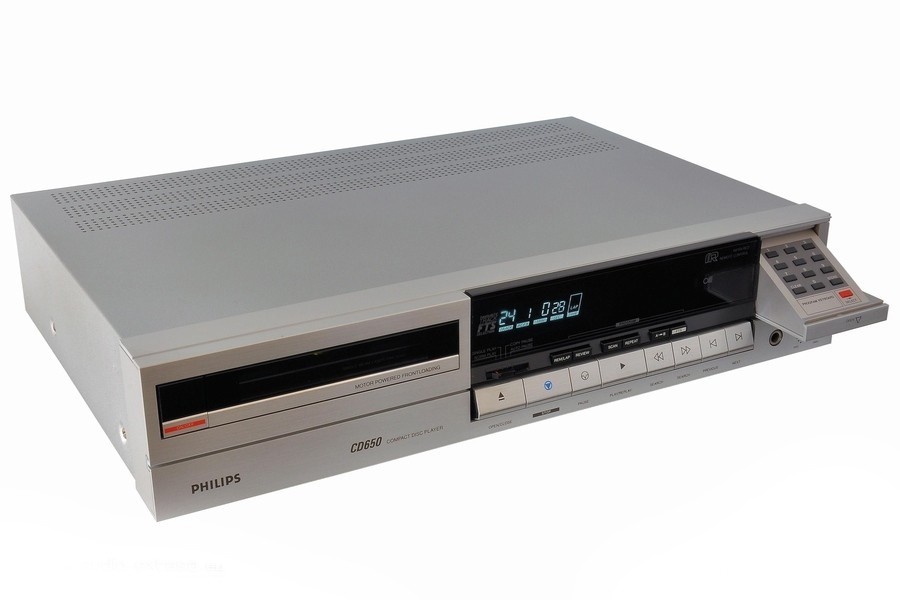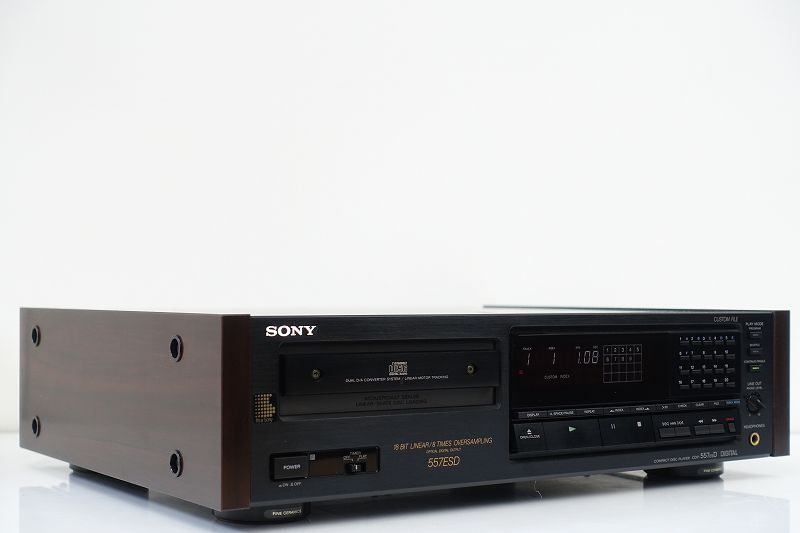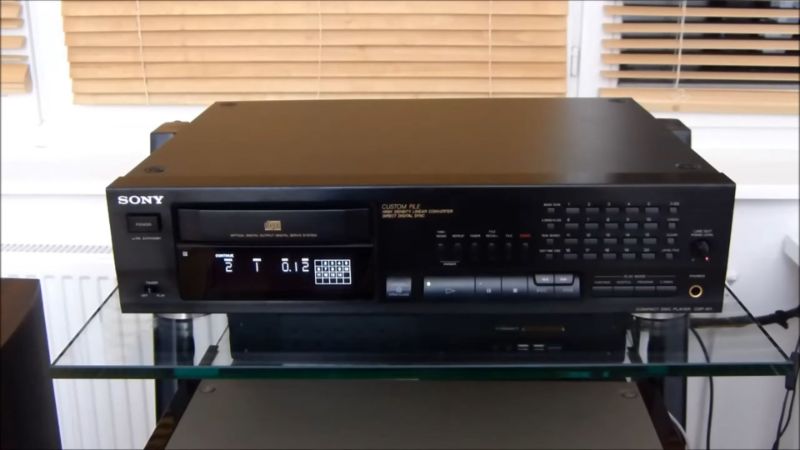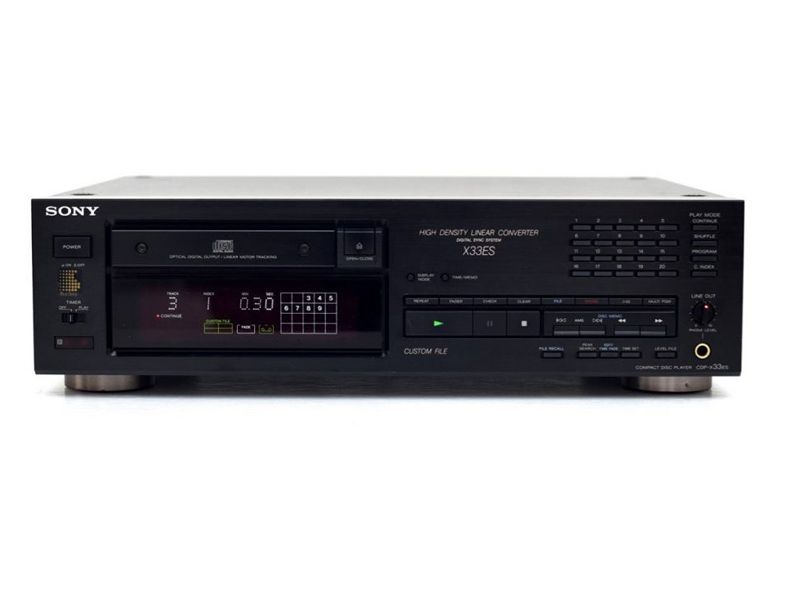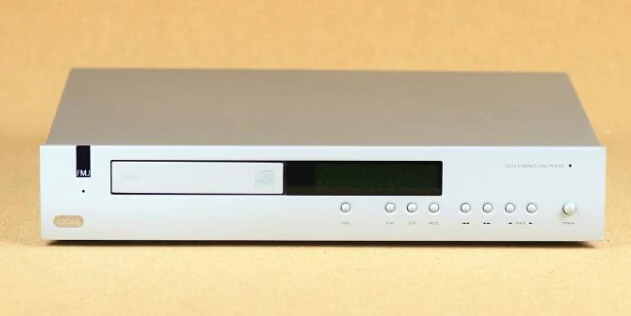In the mid 1980s, Philips’ announcement of new mechanisms and integrated circuits for CD players promised great performance devices at cheap rates. Their fancy buzz phrases, such as “16-bit four-times oversampling” and “digital filtering,” piqued the interest of magazine contributors, who had already formed a soft spot for Philips models since they sounded the most like their lovingly tuned turntables…
In reality, it’s debatable whether any of these new bits of technical jargon, and the unquestionable advances they represent, had any significant impact on the sound you hear. Rather, they simplify the designer’s job, not least by increasing operational safety margins and keeping costs low once in mass production.
In fact, most flaws in the final sound of CD players, as well as other electronic equipment, stem from more mundane issues like power supply stability and isolation, RF and digital circuit clutter avoidance, careful attention to earth returns, ungenerous or inept audio stage design, and general good housekeeping in the way wires are dressed and interconnections are organized.
Nonetheless, the CD650 and CD450 eventually hit the hi-fi scene. The performances of these two versions were nearly comparable, with the exception of their physical size and operational capabilities.
The CD450 is a 320mm wide ‘midi’ sized player with a simple design. The provision of remote control is the single characteristic that distinguishes it from the rest of equipment. This is performed using the now-standard infrared light transmitting handset, and readers should be aware that a similar feature is now available as an optional extra for the CD150, which JB reviewed in the January issue. Except for one peculiar oddity, all usual functions can be carried out either at the machine or by remote control once the disc has been loaded. If you want a disc to play indefinitely, you must use the remote control; the machine does not include a repeat button. The simple but adequate illuminated ‘state of play’ display is supplied, and the typical control buttons allow one to progress or retrace track by track or search at three different speeds. Furthermore, a program of needed music on a disc can be put up in any sequence and with a maximum of 20 entries.
The CD650, on the other hand, is a full-size machine with a 420mm width and a lot of advantages over its less expensive sibling, both operationally and electrically. To begin with, the electronics include an inbuilt headphone amplifier with its own front panel volume control and a second pair of audio outputs. The typical output pair produces ‘pure’ analogue sound, which means that the frequency response is flat to within measurement limits over the specified range of 2020,000Hz. The left and right signals run via a somewhat complex additional amplifier incorporating two integrated circuit stages with frequency selective feedback over them and a pair of transistor buffers before reaching the other pair of output sockets, labelled ‘Additional Filtered.’ This results in “a warmer analogue output as a result of additional filtering; you can select whatever you prefer,” according to Philips.
On measurement, it simply causes the topmost frequencies to drop a few of decibels and does nothing else. It softens the sound, as one might assume, and the entire concept appears to be a costly and unneeded pandering to subjective judgement criticism on the surface.
The CD650 has a number of additional operating functions, some of which are unique, and they are centered around a fold-out numeric keypad that is ordinarily hidden above the headphone socket and volume control on the right side of the front panel. First and foremost, this enables you to begin with a specific track, or even a specific index number within a track, with the utmost ease and concentration, as the illuminated display’s signals are extended to help you along. You can start at a specific moment within one second with a little more effort (you must remember to push one button twice).
Other small conveniences have been added to the main control panel, including repeat, A to B repeat, Scan (10seconds from each track), and a selector switch that allows you to limit play to a single track, insert a four-second pause between tracks, and auto pause, which holds at the end of a track until the Pause button is pressed.
FTS (favorite track selection) is a novel feature that allows you to select desired tracks from a disc and instruct the machine to memories that choice so that if you want to repeat your selection at a later date, simply touch the FTS button before playing and only your personal sequence will be repeated.
The machine has adequate memory to handle an average of five tracks per disc from up to 150 discs. The CD650’s remote control handset is more advanced than the CD450’s, allowing you to control all capabilities except FTS from the comfort of your armchair.
The internal design of these devices demonstrates how Philips is able to attain such high levels of elaboration and performance for such a low price.
Plastics are used extensively; all of the casework, with the exception of the lid and front panel, and virtually all of the mechanism, including gearing and slides for the disc access drawer, as well as other minor parts, are made of plastic. Everything is held together by clips and slots; there are a few self-tapping screws but no nuts or bolts.
The surface-mounted components are held to the board by tiny spots of glue and then immersed briefly in the molten solder bath. Printed circuit boards are of moderate grade, double-sided, and make extensive use of the latest minute surface-mounted components, held to the board by tiny spots of glue and then immersed briefly in the molten solder bath. Uncoded multiple leads with self-connecting connectors that cut through the insulation and cold weld to the particular grade of wire on assembly are used for interconnection. To keep the size and cost of the power supply components down, low-power electronics are used whenever practical.
All of this has paid off in terms of perceived value in the short term, but only time will tell if the long-term prospects are as good as the more substantial and significantly more expensive equal performers from Japan. Apart from the extra pair of output connections on the CD650, these machines include a couple more unusual connection options on the back panel. First and foremost, a six-pin connector allows for the connection of a separate receiver for the infrared remote control in the event that the player must be utilized in a circumstance where the handset’s wide beam cannot readily reach the player’s own ‘eye.’
A third socket provides a digital output in the industry-standard format, which can be used with CD ROMs, graphic displays, and digital sound processors in the future. Connecting this connection to the Sony DAS702ES (see January issue), the only one of the latter devices to come my way so far, produced an exact replica of Sony’s own companion component, the CDP552, with the exception of some strange behavior of the 702’s muting relay while playing discs with pre-emphasis. In general, European-made discs are not emphasized, whereas Japanese-made discs are: every player incorporates circuits that automatically adjust.
Both the CD450 and CD650 came close to matching the performance of the £2,000 Sony duo on their own. Little small elements here and there made me wonder if they were less effectively achieved, but I would not want to make a judgement in a blind test based solely on sound. Of course, both Philips machines were outmatched in terms of mechanical and engineering aspects, even though they provide reasonable rapid access and perform above-average.
They were also good at dealing with some of the badly handled discs that had been sitting on my test bench for a while. Even major scratches were passed with a protesting crack like a similarly marred LP (the Sony simply blanks for an instant), and these two fared better in this regard than some of the cheapest Philips CDI5O models I’ve handled, which refuse to track these same discs at all, despite incorporating the same mechanism.
I took the standard tests for frequency response, crosstalk, signal-to-noise ratio, square-wave response, and so on. All of them are completely acceptable. There’s no real need to elaborate further…
To sum it up, these 16-bit Philips machines sounded as good as the best I’ve heard, and worked admirably even though they did so a little noisily. And back then, it didn’t matter if they didn’t last as long as some of its more costly competitors; The sheer affordability meant you could buy a second one and still have change in your pocket.

